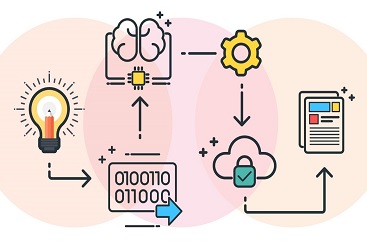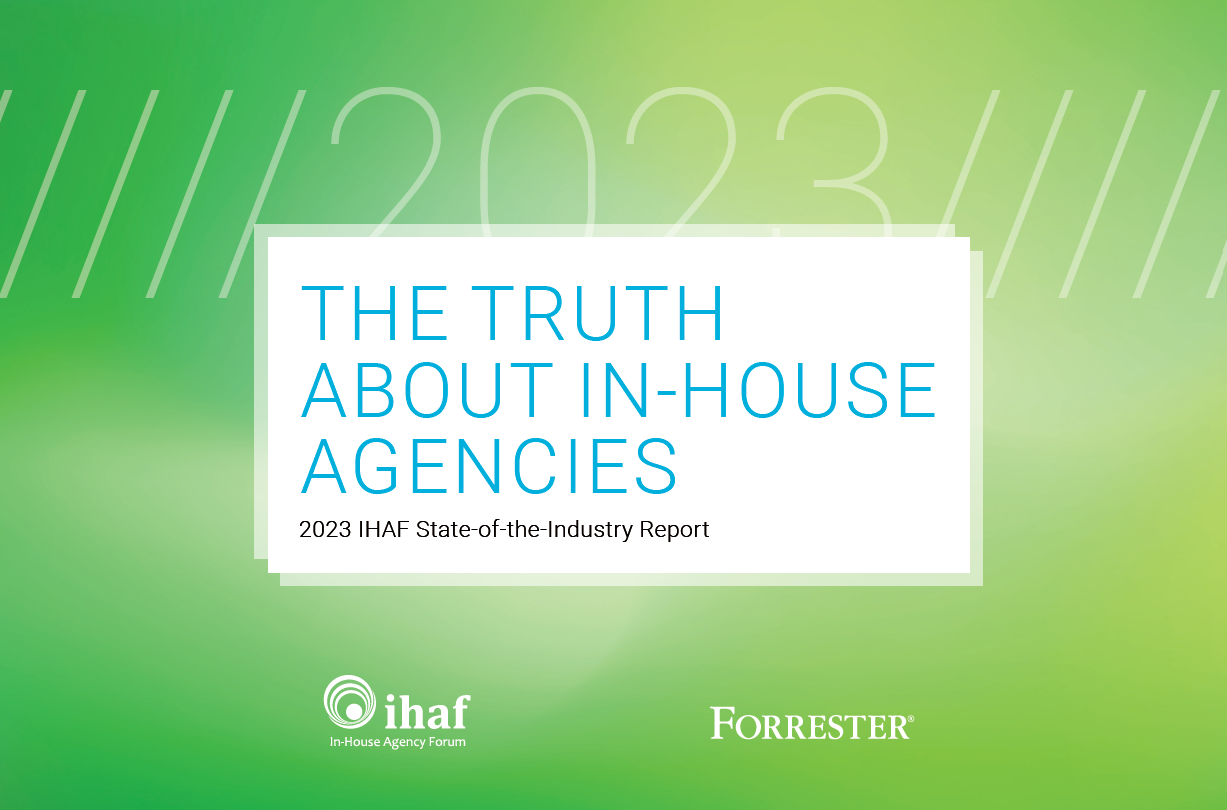Optimizing Creative Operations Through Automation

Since the advent of programmatic ad buying, automation has been transforming marketing business processes, with AI tools starting to play a part too. Competition demands that creative units quickly learn the benefits that automation technology can bring. The aim is not to deskill creatives but to make them even better and more productive at their jobs, while automating the more mundane work and freeing time for creative thinking and decision-making.
Here are some practical steps to seize the benefits of technology in your creative operations:
● Advertising campaigns rely on consistency of content to reinforce messaging across multiple platforms. Tech can be used to do the heavy lifting in creative adaptations. A typical ad production workflow needs to create banners in multiple sizes. Automation provides creative templates for “master” artwork and then creates multiple sizes of the banner with same look and feel.
Tools like MediaFerry, Wave 2, Madyourself help brands save time, ensure brand standard adherence, avoid human error and improve efficiency. And some systems already use machine learning based on real campaign data to suggest appropriate template sets to meet specific campaign objectives. Note these types of technology can work for print as well as digital adaptations, with video not far behind.
● Tracking via integrated real-time reporting and unified dashboards has revolutionized the market in the last few years. Smarter integrations and connected systems have given flexibility to both advertisers and publishers to issue content across channels in no time.
New machine-learning based systems are capable of analyzing data quickly, learning patterns and suggesting performance improvements without human intervention. Furthermore, they collect data from multiple platforms and present in a single dashboard, so decision-makers can check the return on their investments in one place.
● Programmatic targeting of campaigns has been a blunt tool for years now, which has led to suspicion among advertisers about how their money is being spent. Historic opacity, however, is being replaced by a new transparency, often derived from direct relationships between advertisers and media platforms.
● Finally, in terms of pure creative augmentation, the first stop for many creatives is already Yossarian. However, for inspiration, there are some interesting recent developments—from the transformation of Bob Ross’ utopian imagery to a dystopian nightmare to using mistakes to invent a whole new stylistic genre.
Regardless of whether AI will have a lasting impact on the future of ad creativity, for now, process automation should be considered by any business looking to refresh and advance its advertising strategies. Automation is an imperative for leading-edge brands and one of the best ways to monitor the risks and rewards (read: results) of your marketing campaigns.
- advertising,
- agency,
- association,
- augmentation,
- automation,
- berkeley,
- brand,
- campaign,
- client,
- CMO,
- content,
- corporate,
- creative,
- digital,
- express kcs,
- IHAF,
- in-house,
- insource,
- integration,
- internal,
- leadership,
- management,
- marketing,
- media,
- membership,
- networking,
- professional,
- programmatic,
- revolution,
- ROI,
- social,
- transparency,
- trends
Recent Posts

In-House Data: Fact or Fiction?
October 16, 2023
I’m going to be honest with you, which I always am but this time it’s scary honesty. There are a lot of in-house agency research reports out there. And not all of them contain data that are close to the integrity of the studies IHAF publishes—the next of which drops at the IHAF conference on …

IHAF Wrapped
December 20, 2023
One of our favorite things to do at year-end is look back at the events, presentations, and online resources our members tapped most. (Why should Spotify have all the fun?) Here are a few of your favorites in 2023:
• New Assortment of Org Charts Download • Updated Job Profiles …



















%20(1).pdf%20-%20Copy.jpg)

%20(1).png)


No Reader Comments